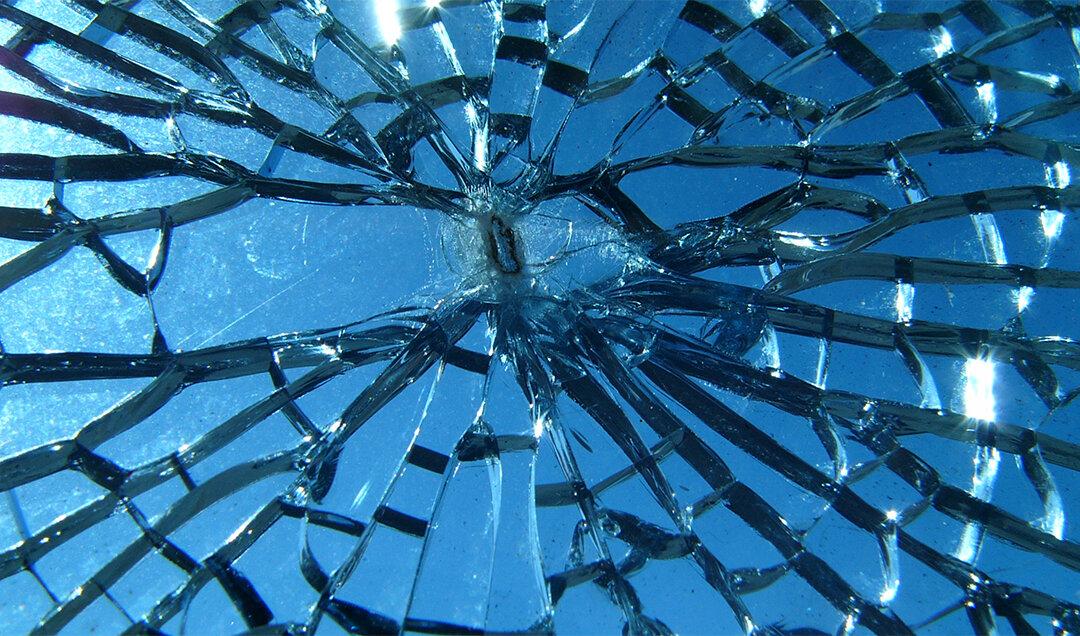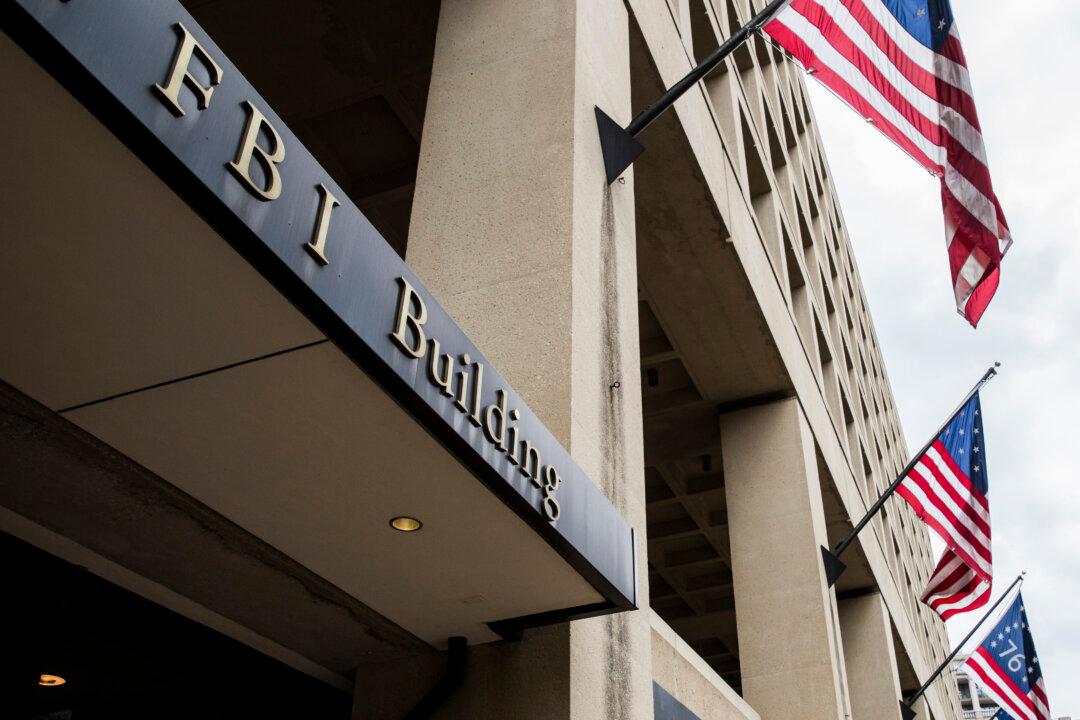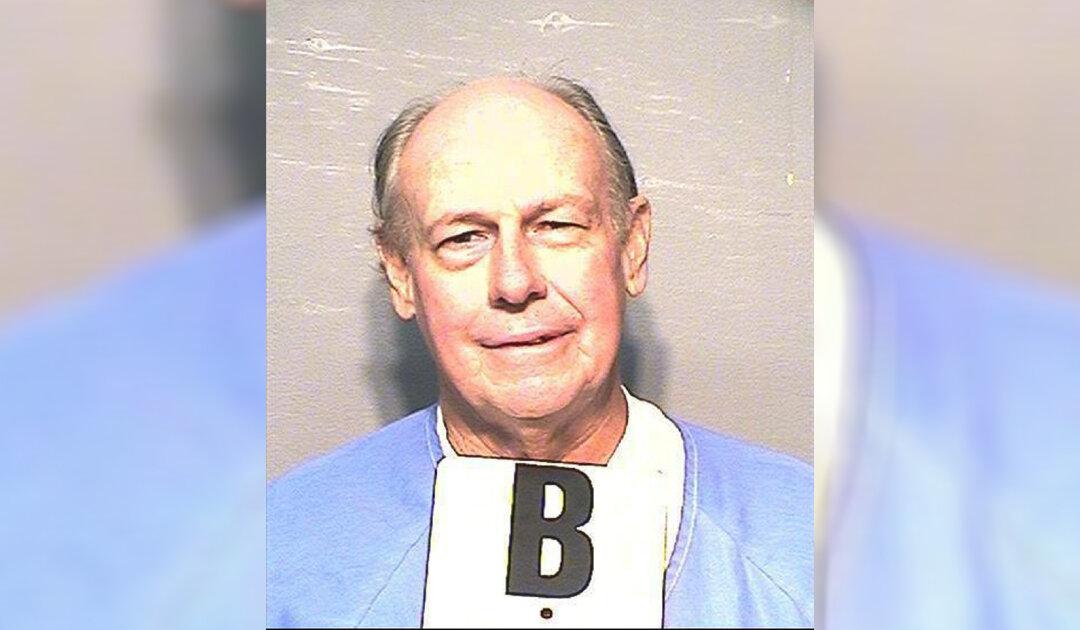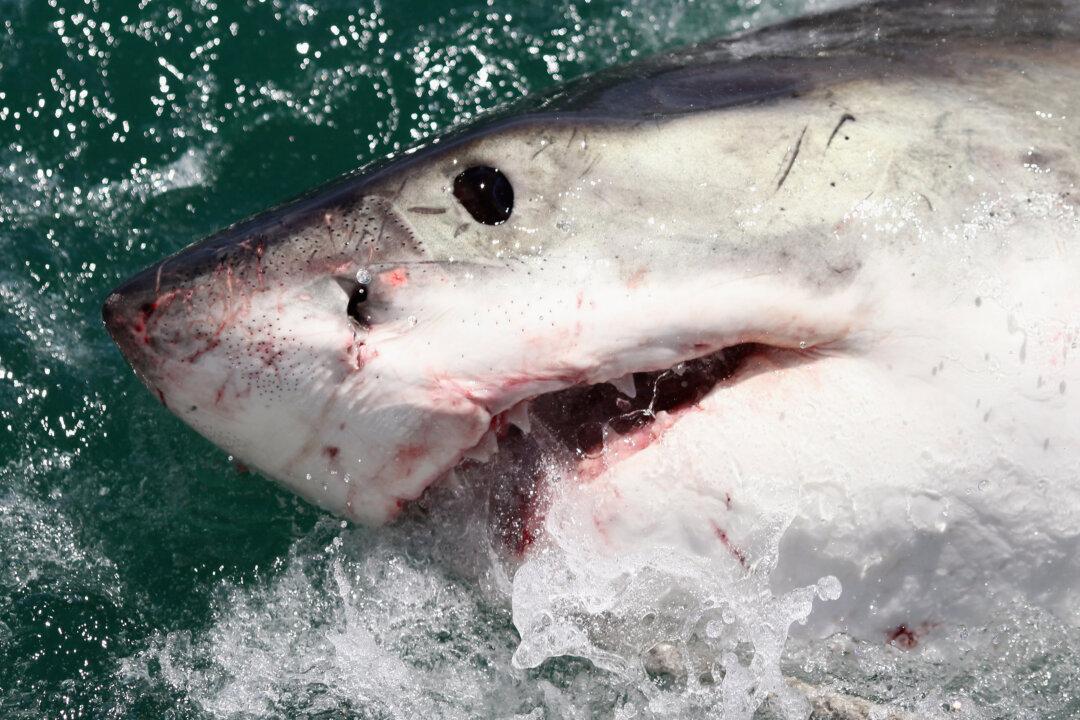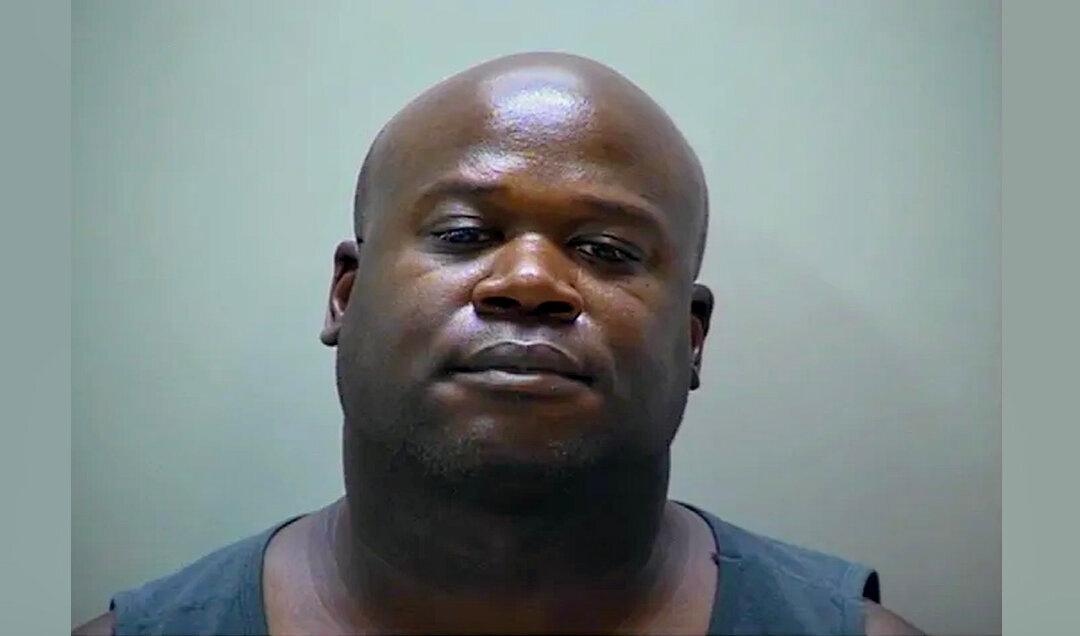A family in Seville, 332 miles south of Madrid, Spain, was surprised to discover their teenage boy had a blade-shaped shard of glass lodged behind his cheekbone for weeks a medical journal revealed on June 21.
Worried parents took their 14-year-old son to hospital after he kept complaining for about a month that it hurt when he chewed and that he was struggling to open his mouth fully.
